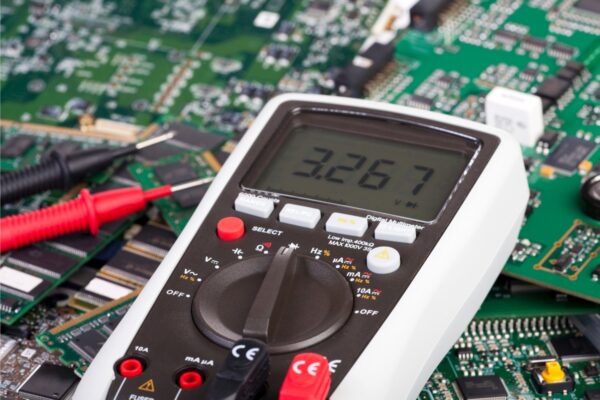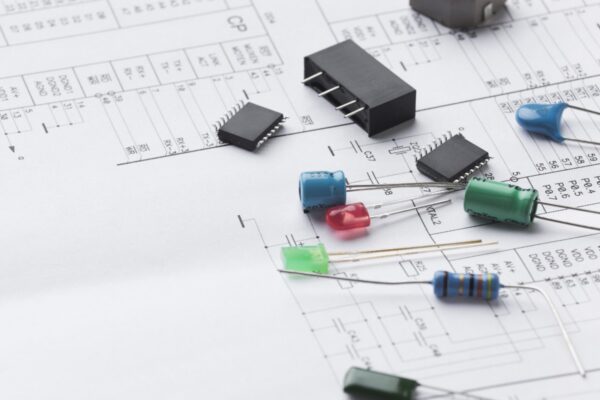What is Electrical Test
An electrical test is a process of evaluating the interconnectivity and electrical properties of a printed circuit board. This test is typically performed at the end of the PCB production process to ensure that the board functions correctly and meets the required standards.
During the Electrical Test, various procedures like resistance testing, capacitance testing, continuity testing, comparative testing, adjacency testing, and flying probe testing are employed to assess the PCB’s performance.
- Resistance testing measures the resistance value in ohms to identify any disruptions in current flow.
- Capacitance testing detects shorts or unintended connections between different points on the PCB.
- Continuity testing verifies the presence of a continuous path for current flow and identifies any open circuits or breaks.
- Comparative testing compares the PCB being tested against a verified reference board to identify any deviations or defects.
- Adjacency testing checks the isolation between conductors to detect shorts or unintended connections.
- Flying probe testing utilizes flying probes to detect openings and shorts throughout the board.
By conducting the Electrical Test, PCB manufacturers can ensure the quality and functionality of the bare PCB before any components are assembled. This test helps identify any faults or issues in the PCB’s interconnectivity, ensuring that it meets the required specifications and functions properly.





